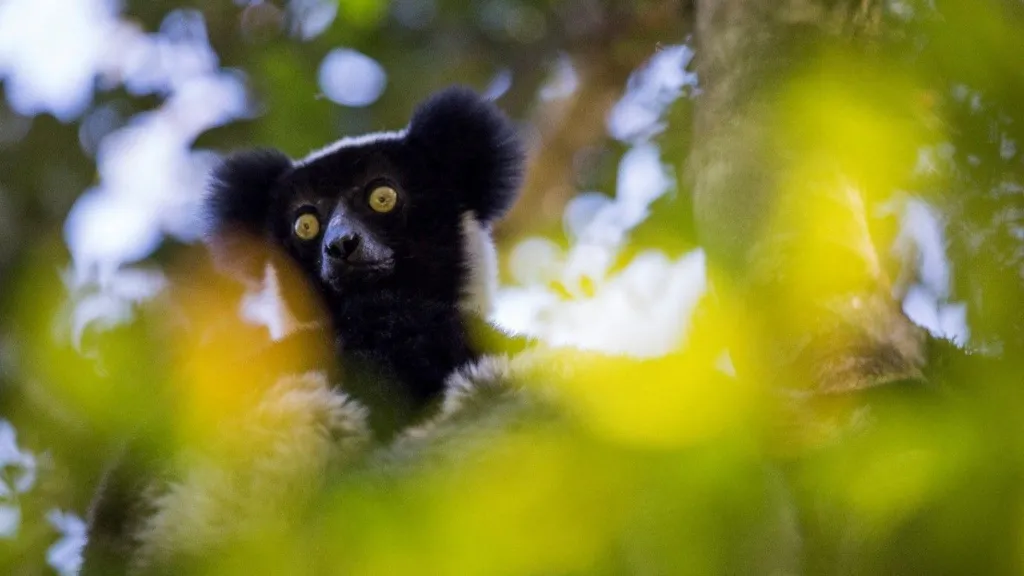A recent study focusing on Madagascan lemurs suggests they could provide valuable insights into the evolutionary origins of human music. Co-author Dr. Chiara De Gregorio, affiliated with the University of Warwick, noted that indris lemurs use song-like communication akin to birds and humans. They employ rhythmic vocalizations, such as alarm calls to warn family members of predators.
The study proposes that the foundation of musicality may have emerged early in human evolution, possibly originating from these alarm calls. Indris, also known as “singing lemurs,” inhabit small family groups in the Madagascan rainforest, communicating through intricate songs. Observations revealed their singing behavior when separated in dense forests, during morning hours to signal family presence, and to assert dominance over other groups.
Researchers, collaborating with scientists from the University of Turin, analyzed data gathered over 15 years. They found that lemur vocalizations exhibit a consistent beat, termed isochrony, resembling musical elements. According to Dr. De Gregorio, indris display a remarkable diversity of vocal rhythms comparable to those found in human music, surpassing even songbirds and other mammals.
Dr. Daria Valente from the University of Turin emphasized, “These findings underscore the evolutionary origins of musical rhythm, demonstrating that fundamental elements of human music can be traced back to early primate communication systems.”
Their findings were detailed in the journal Annals of the New York Academy of Sciences.
